How to Build a Portfolio for AI and Data Science Jobs in 2025
Introduction
Portfolio for AI and Data Science: In today’s competitive job market, having a strong portfolio is one of the best ways to stand out when applying for AI and data science roles. Employers are no longer just looking for degrees or certifications. They want to see proof of your skills in action. A well-crafted portfolio shows that you can solve real-world problems, work with data, and build practical solutions using tools like Python, machine learning, and data analysis.
As we move into 2025, the demand for AI and data science professionals is growing rapidly, but so is the competition. Companies are looking for candidates who not only have technical knowledge but also the ability to apply that knowledge effectively. This is where platforms like GitHub and Kaggle come into play. GitHub allows you to showcase your coding projects, while Kaggle lets you demonstrate your ability to work with datasets. Together, these platforms can help you build a portfolio that catches the eye of hiring managers and sets you apart from the crowd.
In this blog post, I’ll guide you on how to create a standout portfolio for AI and data science jobs in 2025. I’ll share project ideas, best practices, and tips on how to use GitHub and Kaggle to showcase your skills effectively. Let’s get started!
Key Elements of a Standout Portfolio for AI and Data Science
To create a portfolio that grabs attention, you need to focus on a few key elements. These will help you showcase your skills effectively and make a strong impression on potential employers.
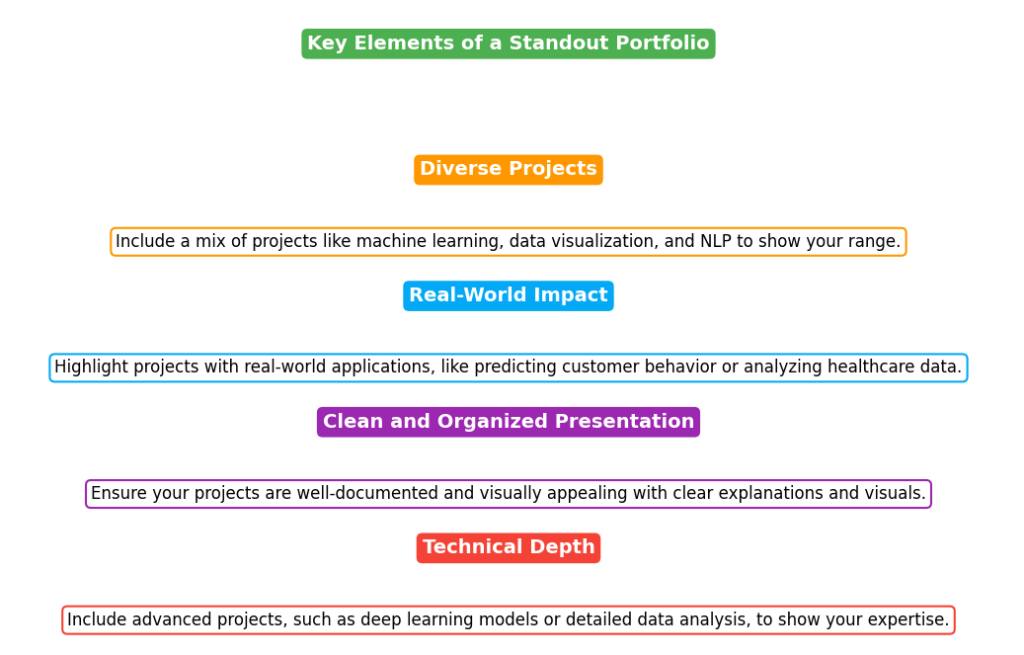
- Diverse Projects:
Your portfolio should include a mix of projects that show your range of skills. For example, you could have a machine learning project, a data visualization project, and a natural language processing (NLP) project. This variety proves that you’re versatile and can handle different types of challenges. - Real-World Impact:
Employers love to see projects that solve real-world problems or have practical applications. For instance, a project that predicts customer behavior for a business or analyzes healthcare data to improve patient outcomes will stand out. It shows that you can use your skills to make a difference. - Clean and Organized Presentation:
How you present your work matters just as much as the work itself. Make sure your projects are well-documented, easy to understand, and visually appealing. Use clear explanations, comments in your code, and visuals like charts or graphs to make your work accessible to anyone who views it. - Technical Depth:
While it’s great to have beginner-friendly projects, your portfolio should also include more advanced work. This could be a complex machine learning model, a deep learning project, or a detailed data analysis. These projects show that you’re not just a beginner—you have the skills to tackle challenging problems.
By focusing on these elements, you’ll create a portfolio that not only highlights your technical abilities but also shows employers that you’re a well-rounded and capable candidate.
Must Read
- The 1956 Dartmouth Workshop: How a Summer Workshop Defined Artificial Intelligence
- History of AI
- Interactive Introduction to AI: Machine Learning, Neural Networks & Supervised Learning for Beginners
- Python String Comparison Tutorial: Complete Guide
- How to Build a Python Port Scanner From Scratch
Project Ideas of Portfolio for AI and Data Science
When building your portfolio, it’s important to include projects that match your skill level and show your growth over time. Here are some project ideas for beginners, intermediate learners, and advanced professionals:
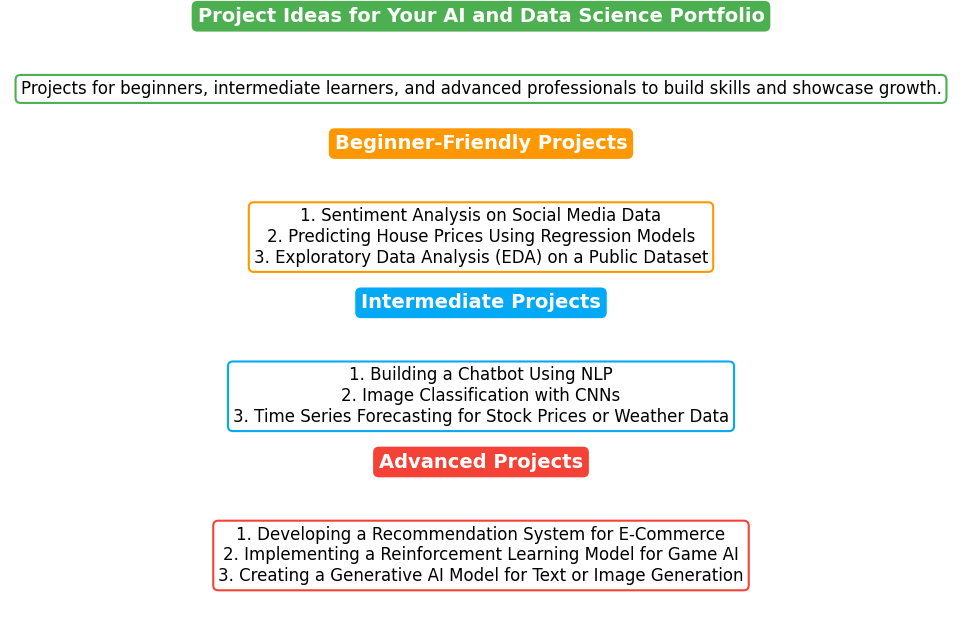
Beginner-Friendly Projects
If you’re just starting out, these projects are a great way to build confidence and learn the basics:
- Sentiment Analysis on Social Media Data:
Analyze tweets or reviews to determine whether people are expressing positive, negative, or neutral feelings. This is a simple yet powerful way to learn natural language processing (NLP). - Predicting House Prices Using Regression Models:
Use a dataset of house features (like size, location, and number of rooms) to predict prices. This is a classic beginner project that teaches you the basics of machine learning. - Exploratory Data Analysis (EDA) on a Public Dataset:
Pick a dataset (like COVID-19 data or movie ratings) and explore it to find interesting patterns or trends. This helps you practice data cleaning, visualization, and storytelling with data.
Intermediate Projects
Once you’re comfortable with the basics, try these slightly more challenging projects:
- Building a Chatbot Using NLP:
Create a chatbot that can answer questions or have simple conversations. This project will help you dive deeper into natural language processing and text-based AI. - Image Classification with Convolutional Neural Networks (CNNs):
Train a model to classify images, like identifying different types of animals or objects. This is a great way to learn about deep learning and computer vision. - Time Series Forecasting for Stock Prices or Weather Data:
Use historical data to predict future trends, like stock market movements or weather patterns. This project introduces you to time series analysis, a valuable skill in data science.
Advanced Projects
If you’re ready to tackle more complex problems, these projects will push your skills to the next level:
- Developing a Recommendation System for E-Commerce:
Build a system that suggests products to users based on their preferences or past behavior. This is similar to how Netflix recommends movies or Amazon suggests products. - Implementing a Reinforcement Learning Model for Game AI:
Create an AI that can learn to play a game (like chess or a simple video game) by itself. This project will teach you about reinforcement learning, a cutting-edge area of AI. - Creating a Generative AI Model for Text or Image Generation:
Use models like GPT or GANs (Generative Adversarial Networks) to generate new text, images, or even music. This is a great way to explore the creative side of AI.
By including projects from each of these categories, you’ll show employers that you have a wide range of skills and can handle challenges at any level. Start with beginner projects, then gradually move on to more advanced ones as you grow your expertise.
Best Practices for Building Your Portfolio for AI and Data Science
Building a strong portfolio isn’t just about finishing projects—it’s also about how you show them and the effort you put into making them shine. Here are some simple tips to help you do it right:
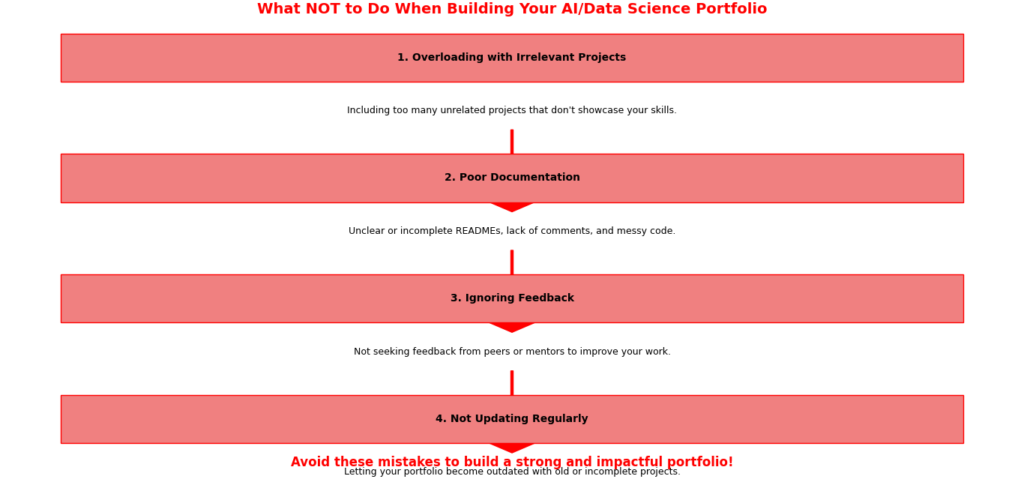
1. Start Small and Scale Up
Don’t feel pressured to tackle complex projects right away. Begin with simple, beginner-friendly projects to build your confidence and skills. As you get more comfortable, gradually take on more challenging tasks. This approach shows your growth and ability to handle increasingly difficult problems.
2. Document Everything
Clear documentation is key to making your projects easy to understand. For each project:
- Write a README file that explains what the project is about, how to run it, and what results to expect.
- Add comments in your code to explain what each part does.
- Share your thought process—why you chose a particular approach, what challenges you faced, and how you solved them.
3. Use Version Control
Version control tools like Git are essential for tracking changes in your code and collaborating with others. By using Git and platforms like GitHub, you can:
- Keep a history of your work.
- Show employers that you know how to work in a team and manage code professionally.
4. Showcase Your Process
Employers want to see how you approach problems, not just the final result. Make sure to include:
- Data cleaning: How you prepared the data for analysis.
- Feature engineering: How you selected or created features for your models.
- Model selection: Why you chose a specific algorithm or approach.
- Evaluation steps: How you measured the success of your model (e.g., accuracy, precision, recall).
5. Focus on Quality Over Quantity
Having a few well-executed projects is far better than having many incomplete or poorly done ones. Take the time to polish your work, ensure it’s error-free, and present it in a professional way. A smaller number of high-quality projects will leave a much stronger impression.
By following these best practices, you’ll create a portfolio that not only demonstrates your technical skills but also shows employers that you’re organized, thoughtful, and professional.
The Role of GitHub in Your Portfolio for AI and Data Science
GitHub is more than just a place to store your code—it’s a powerful tool to showcase your skills and impress potential employers. Here’s why GitHub is important.
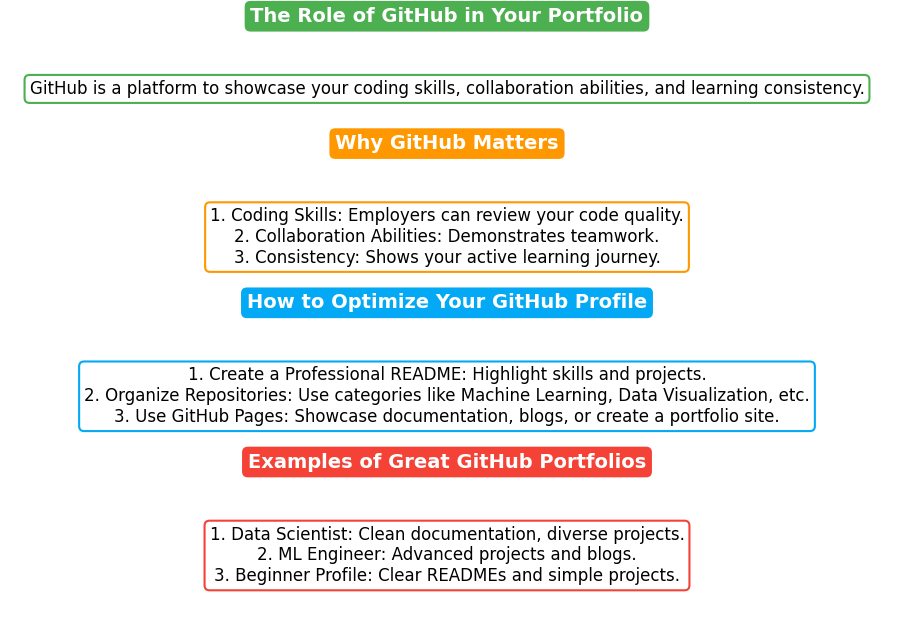
Why GitHub Matters
GitHub acts as a public portfolio for your coding projects. It allows employers to see:
- Coding skills: They can review your code to see how clean, efficient, and well-structured it is.
- Your collaboration abilities: If you’ve worked on team projects, employers can see how you contribute and communicate with others.
- Your consistency: Regular activity on GitHub shows that you’re actively learning and building projects.
How to Optimize Your GitHub Profile
To make your GitHub profile stand out, follow these tips:
- Create a Professional README for Your Profile
Your GitHub profile has a section where you can write a short bio and highlight your skills. Use this space to introduce yourself, mention your expertise (e.g., AI, data science, Python), and link to your best projects. - Organize Repositories into Categories
Group your projects into categories like:- Machine Learning
- Data Visualization
- Web Scraping
- Natural Language Processing (NLP)
This makes it easier for employers to find relevant projects.
- Use GitHub Pages to Host Project Documentation or Blogs
GitHub Pages lets you create a simple website to showcase your projects. You can use it to:- Host detailed project documentation.
- Write blog posts explaining your work or sharing tutorials.
- Create a portfolio website that links to your GitHub repositories.
Examples of Great GitHub Portfolios
Looking at well-organized GitHub profiles can give you inspiration. Here are a few examples of what a great portfolio looks like:
- 1: A data scientist’s profile with clean documentation and diverse projects
- 2: A machine learning engineer’s profile with advanced projects and blogs
- 3: A beginner-friendly profile with clear READMEs and beginner projects
By optimizing your GitHub profile, you’ll turn it into a powerful tool that highlights your skills and makes it easy for employers to see why you’re the right candidate for the job.
Using Kaggle for Your Portfolio for AI and Data Science
Kaggle is one of the best platforms for aspiring data scientists and AI enthusiasts to build their skills and showcase their work. Here’s why Kaggle is important and how you can use it effectively to boost your portfolio:
Why Kaggle is Important
Kaggle is more than just a learning platform—it’s a place where you can:
- Solve real-world problems: Kaggle competitions are based on actual challenges faced by companies and organizations.
- Work with real datasets: Kaggle provides access to high-quality datasets that you can use to practice and build projects.
- Showcase your skills: By sharing your work on Kaggle, you can demonstrate your ability to analyze data, build models, and communicate results.
How to Use Kaggle Effectively
To make the most of Kaggle, follow these steps:
- Participate in Competitions to Solve Real-World Problems
Kaggle competitions are a great way to test your skills and learn from others. Even if you don’t win, participating shows employers that you’re proactive and willing to take on challenges. - Share Notebooks with Detailed Explanations and Visualizations
When you work on a Kaggle project, share your notebooks (code files) with clear explanations and visuals. This helps others understand your thought process and makes your work more impactful. - Build a Strong Kaggle Profile with a High Ranking and Active Participation
Your Kaggle profile is like a resume for data science. To make it stand out:- Aim for a high ranking by participating in competitions and contributing to discussions.
- Be active in the Kaggle community by sharing notebooks, commenting on others’ work, and joining discussions.
Examples of Kaggle Projects
Here are some examples of successful Kaggle projects that can inspire you:
- Predicting Titanic Survivors: A classic beginner project where you predict which passengers survived the Titanic disaster.
- House Price Prediction: Use data about houses to predict their prices, a great project for learning regression models.
- Image Classification with MNIST: A popular project for beginners to learn about image recognition using the MNIST dataset.
You can also explore notebooks shared by top Kaggle users to see how they approach problems and present their work.
By using Kaggle effectively, you’ll not only improve your skills but also build a portfolio that shows employers you can tackle real-world data science challenges.
Tools and Resources to Build Your Portfolio for AI and Data Science
Building a strong portfolio requires the right tools and resources. Here’s a list of important tools and platforms that can help you create impressive AI and data science projects:
1. Python Libraries
Python is the most popular programming language for AI and data science. Here are some key libraries you should know:
- Pandas: For data manipulation and analysis.
- NumPy: For working with numerical data and performing mathematical operations.
- Scikit-learn: For building machine learning models.
- TensorFlow and PyTorch: For deep learning and advanced AI projects.
These libraries are beginner-friendly and widely used in the industry, making them a must-have for your toolkit.
2. Data Visualization Tools
Visualizing data is a crucial part of data science. These tools help you create clear and engaging visuals:
- Matplotlib and Seaborn: For creating basic charts and graphs.
- Plotly: For interactive and dynamic visualizations.
- Tableau: For creating professional dashboards and reports.
Using these tools, you can turn complex data into easy-to-understand visuals that tell a story.
3. Cloud Platforms
Cloud platforms are essential for deploying and scaling your AI models. Some popular options include:
- AWS (Amazon Web Services): Offers tools for machine learning, data storage, and deployment.
- Google Cloud: Provides AI and data science services like BigQuery and AI Platform.
- Microsoft Azure: Includes tools for building, training, and deploying machine learning models.
Learning how to use these platforms will show employers that you can work with modern, scalable technologies.
4. Learning Resources
To build your skills and stay updated, take advantage of these learning resources:
- FreeCodeCamp: Offers free coding tutorials and projects.
- Coursera and edX: Provide online courses from top universities and companies.
- YouTube Channels: Channels like “StatQuest,” “Data School,” and “Sentdex” offer free tutorials on AI and data science.
These resources are great for beginners and experienced learners, helping you stay on top of the latest trends and techniques.
Common Mistakes to Avoid to Build Portfolio for AI and Data Science
When building your AI or data science portfolio, it’s easy to make mistakes that can weaken its impact. Here are some common pitfalls to watch out for and how to avoid them:
1. Overloading with Irrelevant Projects
- Mistake: Including too many projects that don’t relate to the job you’re applying for.
- Solution: Focus on quality over quantity. Choose projects that showcase the skills most relevant to the role, like machine learning, data analysis, or programming. Remove anything that doesn’t add value.
2. Poor Documentation
- Mistake: Having incomplete or unclear project descriptions, making it hard for others to understand your work.
- Solution: Write clear and detailed documentation for every project. Include a README file, explain your process, and add comments to your code. Make it easy for anyone to follow your work.
3. Ignoring Feedback
- Mistake: Not asking for feedback on your portfolio, which can lead to missed opportunities for improvement.
- Solution: Actively seek feedback from peers, mentors, or online communities. Use their suggestions to refine your projects and make your portfolio stronger.
4. Not Updating Regularly
- Mistake: Letting your portfolio become outdated with old projects or skills.
- Solution: Keep your portfolio fresh by adding new projects, updating existing ones, and removing outdated work. This shows employers that you’re continuously learning and growing.
Conclusion
Building a strong portfolio is one of the most important steps to landing your dream job in AI or data science. It’s not just about showing what you know—it’s about demonstrating how you can apply your skills to solve real-world problems. By including diverse projects, documenting your work clearly, and using platforms like GitHub and Kaggle effectively, you can create a portfolio that stands out to employers.
Remember, your portfolio is a reflection of your growth and expertise. Start small, focus on quality, and keep improving over time. Don’t forget to seek feedback, stay updated with the latest tools and trends, and regularly add new projects to showcase your evolving skills.
Now it’s your turn! Start building your portfolio today, share your projects on GitHub or Kaggle, and take the first step toward a successful career in AI and data science. The future is full of opportunities—make sure you’re ready to grab them!
Call-to-Action:
- Check out our other blog posts for more tips on AI, machine learning, and data science.
- Follow us on social media for updates and resources to help you grow your skills.
- Start your first project now and share it with the world!
FAQs
A portfolio showcases your practical skills and problem-solving abilities, making you stand out to employers.
Sentiment analysis, house price prediction, and exploratory data analysis (EDA) are great for beginners.
Add a professional README, organize repositories, and use GitHub Pages to host project documentation or blogs.
Use tools like Matplotlib, Seaborn, Plotly, or Tableau to create clear and engaging visuals.
Regularly update your portfolio with new projects and skills to keep it fresh and relevant.
External Resources
- Kaggle
- https://www.kaggle.com/
- A platform for data science competitions, datasets, and notebooks. Great for practicing and showcasing skills.
- Coursera
- https://www.coursera.org/
- Offers courses on AI, machine learning, and data science from top universities and companies.
- edX
- https://www.edx.org/
- Provides free and paid courses on data science, Python, and AI from institutions like MIT and Harvard.
- FreeCodeCamp
- https://www.freecodecamp.org/
- Free coding tutorials and projects, including data science and machine learning.
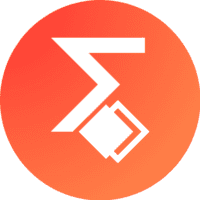
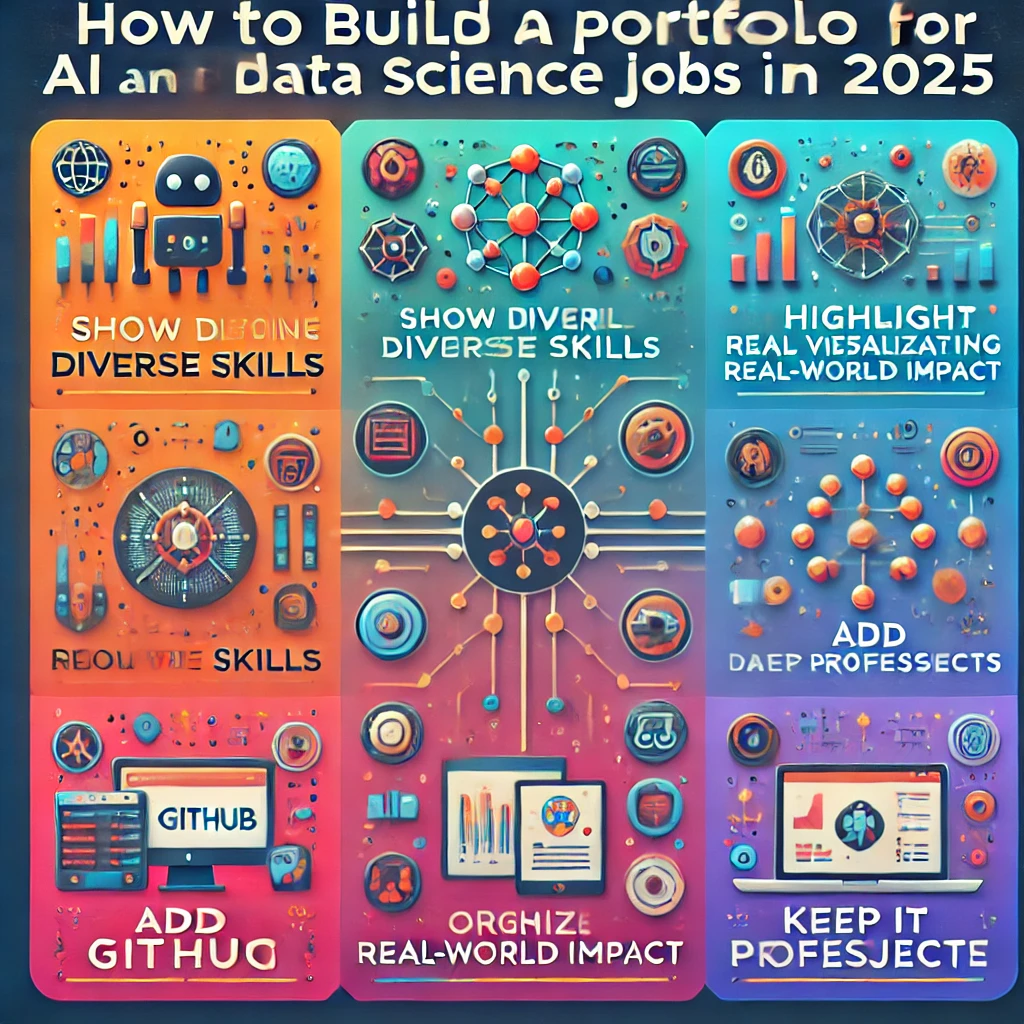
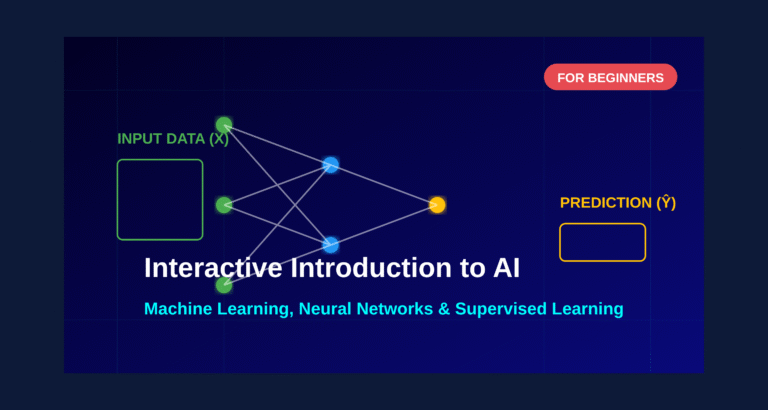



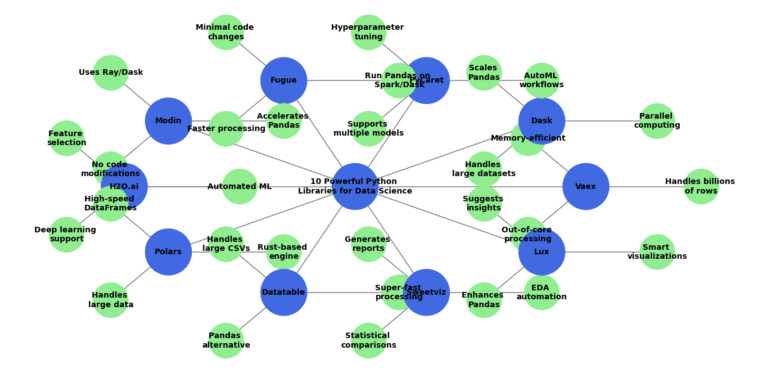

Leave a Reply